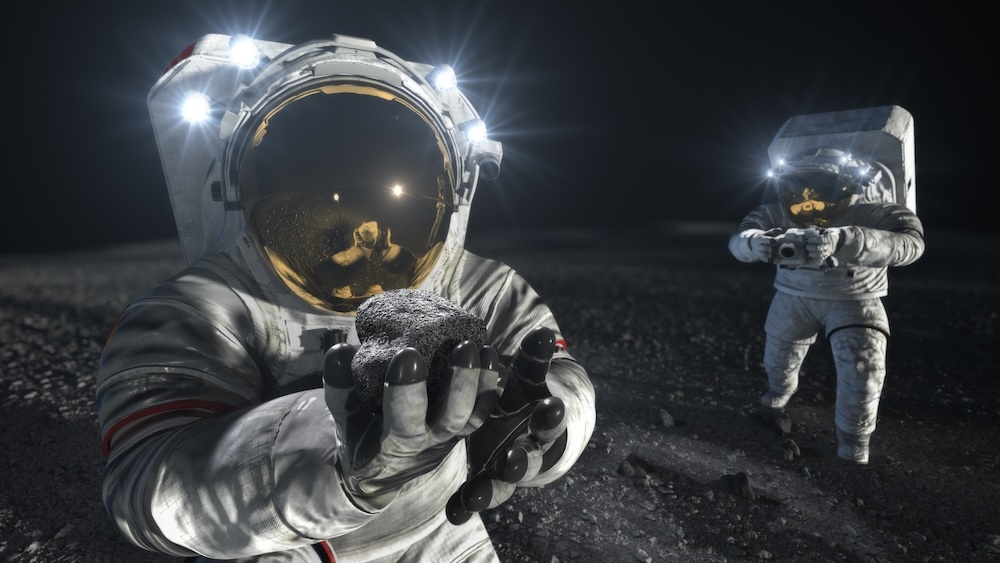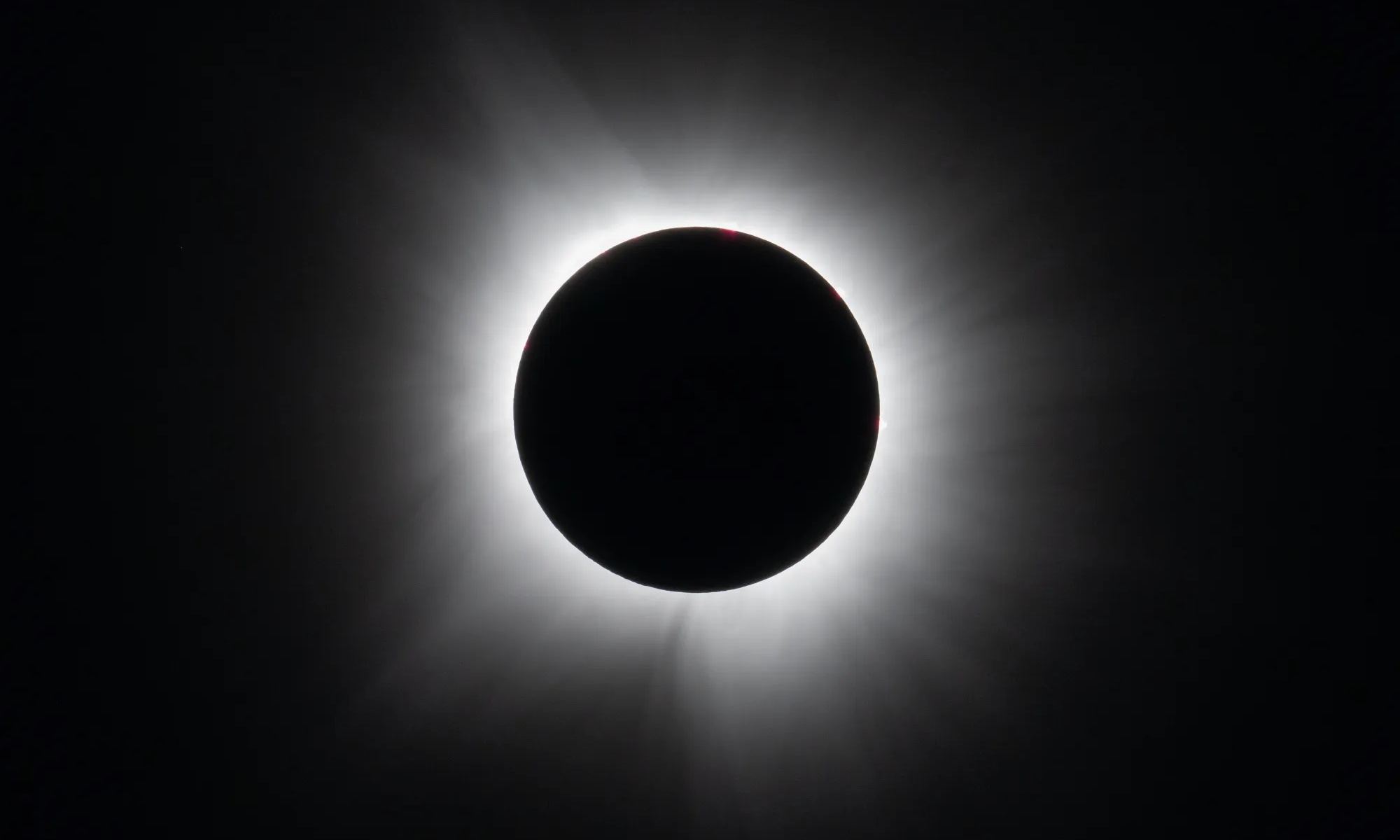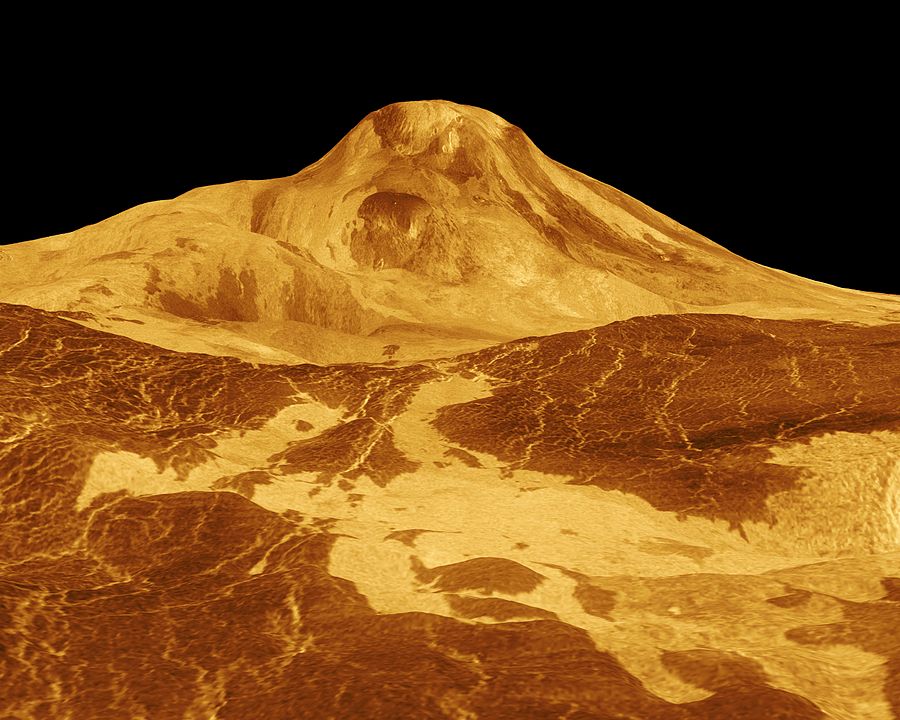Exploration of the Moon or other dusty environments comes with challenges. The lunar surface is covered in material known as regolith and its a jaggy, glassy material. It can cause wear and tear on equipment and can pose a health risk to astronauts too. Astronauts travelling to Mars would experience dust saucing to everything, including solar panels leading to decrease in power. To combat the problems created by dust, NASA is working on an innovative electrodynamic dust shield to remove dust and protect surfaces from solar panels to space suits.
Continue reading “NASA is Building an Electrodynamic Shield to Deal with all that Dust on the Moon and Mars”Did An Ancient Icy Impactor Create the Martian Moons?

The Martian moons Phobos and Deimos are oddballs. While other Solar System moons are round, Mars’ moons are misshapen and lumpy like potatoes. They’re more like asteroids or other small bodies than moons.
Because of their odd shapes and unusual compositions, scientists are still puzzling over their origins.
Continue reading “Did An Ancient Icy Impactor Create the Martian Moons?”NASA’s Next Solar Sail is About to Go to Space
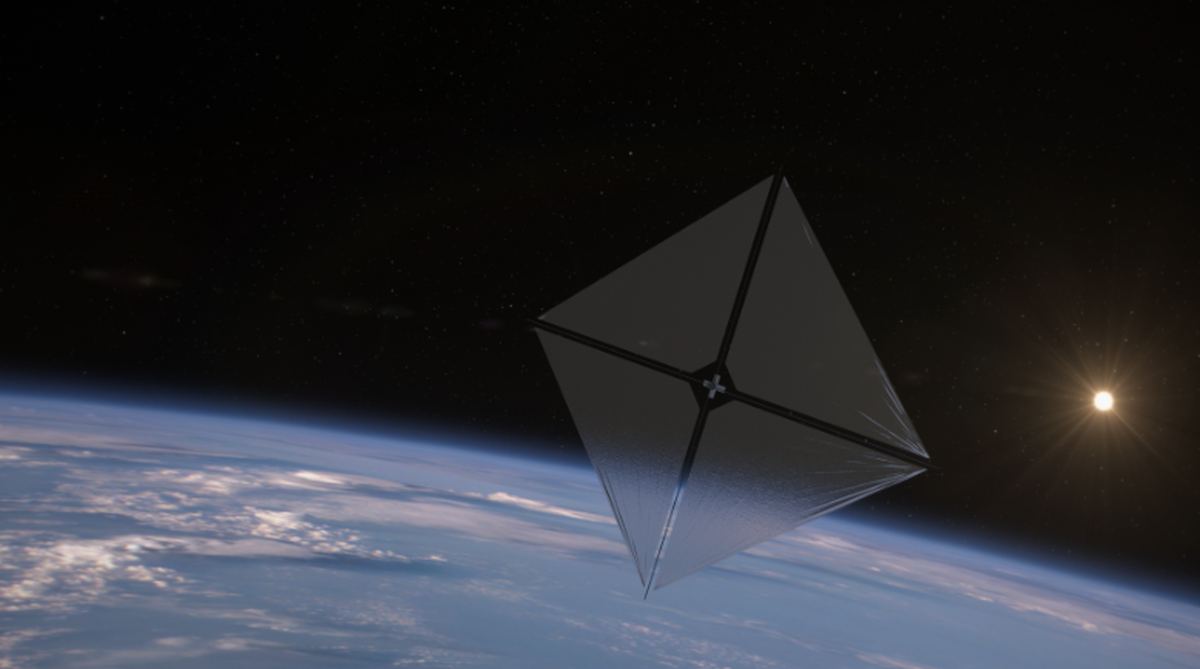
Everyone knows that solar energy is free and almost limitless here on Earth. The same is true for spacecraft operating in the inner Solar System. But in space, the Sun can do more than provide electrical energy; it also emits an unending stream of solar wind.
Solar sails can harness that wind and provide propulsion for spacecraft. NASA is about to test a new solar sail design that can make solar sails even more effective.
Continue reading “NASA’s Next Solar Sail is About to Go to Space”Wireless Power Transmission Could Enable Exploration of the Far Side of the Moon
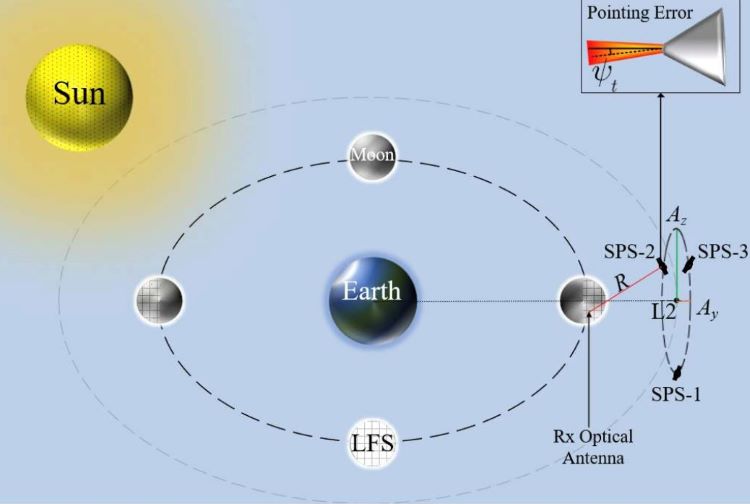
How can future lunar exploration communicate from the far side of the Moon despite never being inline with the Earth? This is what a recent study submitted to IEEE Transactions on Aerospace and Electronic Systems hopes to address as a pair of researchers from the Polytechnique Montréal investigated the potential for a wireless power transmission method (WPT) comprised of anywhere from one to three satellites located at Earth-Moon Lagrange Point 2 (EMLP-2) and a solar-powered receiver on the far side of the Moon. This study holds the potential to help scientists and future lunar astronauts maintain constant communication between the Earth and Moon since the lunar far side of the Moon is always facing away from Earth from the Moon’s rotation being almost entirely synced with its orbit around the Earth.
Continue reading “Wireless Power Transmission Could Enable Exploration of the Far Side of the Moon”Here are the Next Three Total Solar Eclipses Coming Up
Millions of people took a trip over to the US or Mexico to try and catch a glimpse of the 2024 total solar eclipse. Whether you took the trip or not, if you have since been bitten by the eclipse bug then there are three upcoming eclipses over the next couple of years. August 2026 sees an eclipse passing from Greenland, Iceland and Spain, 2027 sees an eclipse over North Africa and in 2028 Australia all be the place to be. With loads of possibilities for all locations, it’s time to get planning.
Continue reading “Here are the Next Three Total Solar Eclipses Coming Up”Could Life Exist in Water Droplet Worlds in Venus’ Atmosphere?
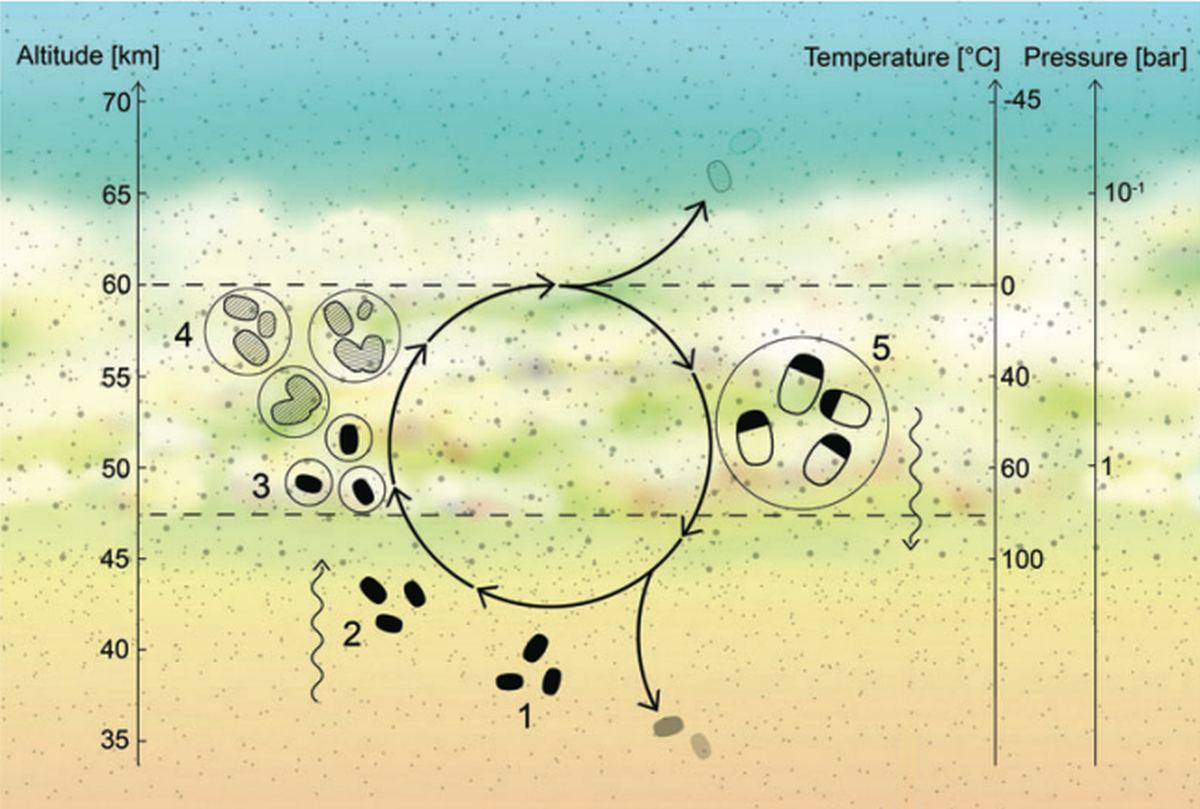
It’s a measure of human ingenuity and curiosity that scientists debate the possibility of life on Venus. They established long ago that Venus’ surface is absolutely hostile to life. But didn’t scientists find a biomarker in the planet’s clouds? Could life exist there, never touching the planet’s sweltering surface?
It seems to depend on who you ask.
Continue reading “Could Life Exist in Water Droplet Worlds in Venus’ Atmosphere?”Finally, an Explanation for the Moon’s Radically Different Hemispheres
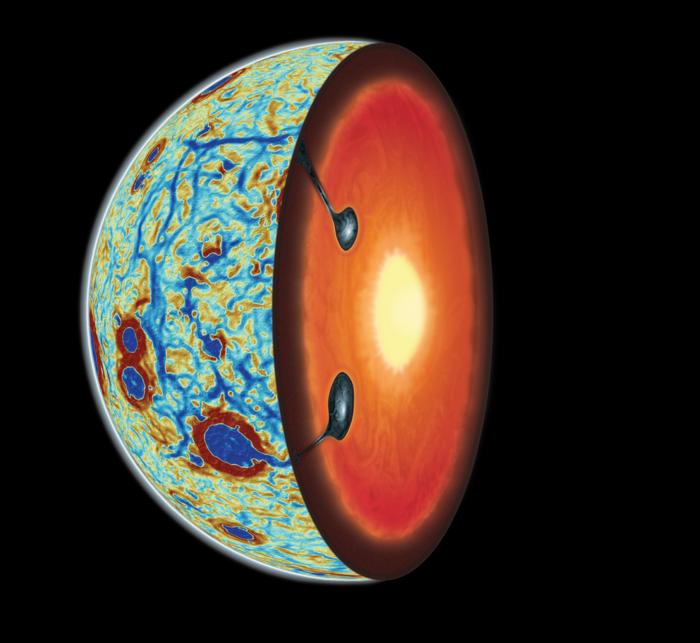
Pink Floyd was wrong, there is no dark side to the Moon. There is however, a far side. The tidal effects between the Earth and Moon have caused this captured or synchronous rotation. The two sides display very different geographical features; the near side with mare and ancient volcanic flows while the far side displaying craters within craters. New research suggests the Moon has turned itself inside out with heavy elements like titanium returning to the surface. It’s now thought that a giant impact on the far side pushed titanium to the surface, creating a thinner more active near side.
Continue reading “Finally, an Explanation for the Moon’s Radically Different Hemispheres”How Much of Venus’s Atmosphere is Coming from Volcanoes?
There’s a lot we don’t know about the planet nearest to us. Venus is shrouded in clouds, making speculation about what’s happening on its surface a parlor game for many planetary scientists for decades. But one idea that always seems to come up in those conversations – volcanoes. It’s clear that Venus has plenty of volcanoes – estimates center around about 85,000 of them in total. However, science is still unclear as to whether there is any active volcanism on Venus or not. A new set of missions to the planet will hopefully shed some light on the topic – and a new paper from researchers from Europe looks at how we might use information from those missions to do so.
Continue reading “How Much of Venus’s Atmosphere is Coming from Volcanoes?”US Satellite Photographs a South Korean Satellite from Lunar Orbit
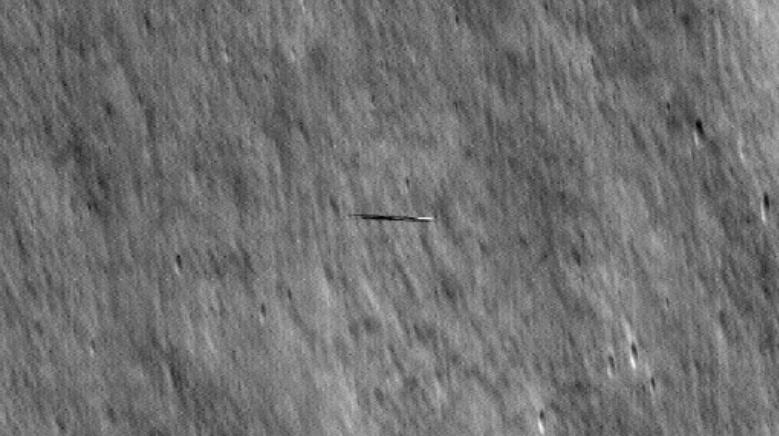
In 2009, NASA launched the Lunar Reconnaissance Orbiter (LRO.) Its ongoing mission is to map the lunar surface in detail, locating potential landing sites, resources, and interesting features like lava tubes. The mission is an ongoing success, another showcase of NASA’s skill. It’s mapped about 98.2% of the lunar surface, excluding the deeply shadowed regions in the polar areas.
But recently, the LRO team’s skill was on display for another reason: it captured images of another satellite speeding over the lunar surface.
Continue reading “US Satellite Photographs a South Korean Satellite from Lunar Orbit”Here's the Total Solar Eclipse, Seen From Space
On Monday, April 8th, people across North America witnessed a rare celestial event known as a total solar eclipse. This phenomenon occurs when the Moon passes between the Sun and Earth and blocks the face of the Sun for a short period. The eclipse plunged the sky into darkness for people living in the Canadian Maritimes, the American Eastern Seaboard, parts of the Midwest, and northern Mexico. Fortunately for all, geostationary satellites orbiting Earth captured images of the Moon’s shadow as it moved across North America.
Continue reading “Here's the Total Solar Eclipse, Seen From Space”
